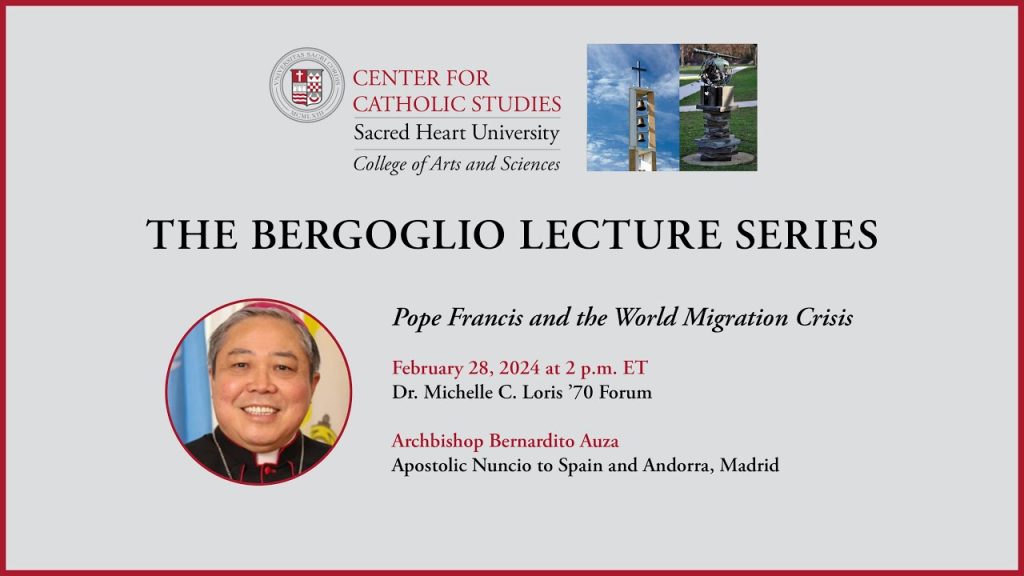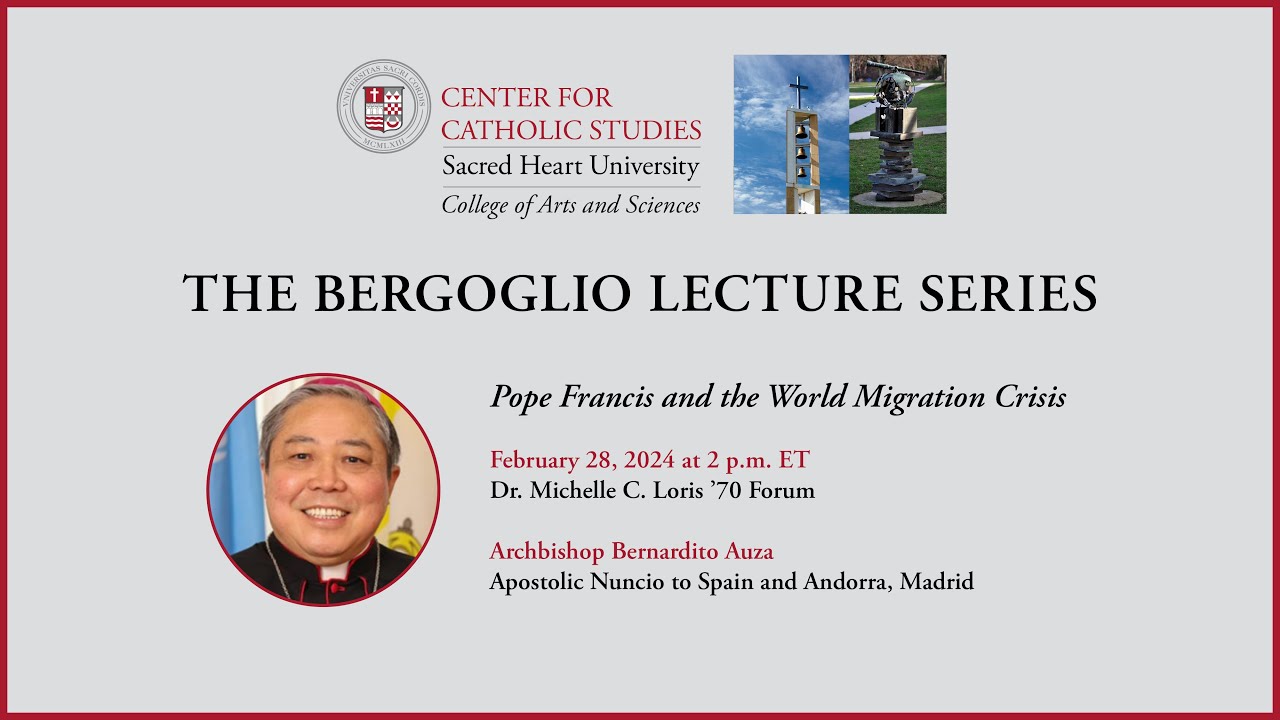
Pope Francis’s Enduring Perspectives on Art and the Role of Artists

Pope Francis and the Arts: A Legacy of Inclusion, Creativity, and Cultural Dialogue
Pope Francis, who passed away on April 21 at the age of 88, leaves behind a profound legacy not just as a spiritual leader but also as a patron and advocate of the arts. Born Jorge Mario Bergoglio in Buenos Aires, he made history as the first pope from Latin America, the first Jesuit pope, and during his reign as the 266th pontiff, he also redefined how the Vatican engages with contemporary culture, artists, and the global art community.
His papacy was marked by an unprecedented embrace of the arts as a meaningful avenue for dialogue, healing, and spiritual reflection—a perspective that contributed to a renewed understanding of the church’s role in modern cultural discourse.
A “City of Refuge”: Art’s Power to Embrace and Uplift
In his final years, Pope Francis became increasingly vocal about the societal value of art. Perhaps most poignantly, during his 2024 address to artists at the 60th Venice Biennale—a first for any pope—he described art as a “city of refuge.”
“The world needs artists,” he declared. “Art disobeys the regime of violence and discrimination… It creates forms of human belonging capable of recognizing, including, protecting, and embracing everyone.” In this statement, Francis not only recognized the emotional and social power of creativity but also aligned it with Catholic social teaching and its emphasis on human dignity and inclusivity.
This idea of art as sanctuary was reflective of his greater mission to align the Church with marginalized communities, inviting voices previously excluded from traditional halls of power and expression.
Challenging the Art Market’s Influence
Pope Francis also issued a cautionary critique of the commercialization of creativity. “It is more urgent now than ever to… distinguish clearly art from the market,” he said, warning against allowing monetary value to eclipse emotional truth and spiritual resonance. While acknowledging the reality that the market promotes and popularizes art, he emphasized the importance of preserving innocence and authenticity in artistic expression.
This candid acknowledgment reflected his broader papal philosophy grounded in humility and simplicity—values also evident in his well-documented disdain for lavish living and clerical excess.
Supporting Women and Marginalized Artists
Pope Francis was intentional in elevating underrepresented groups in the art world, especially women. Citing figures like Frida Kahlo, Corita Kent, and Louise Bourgeois, he illuminated the “unique form” of joy and suffering present in femininity, emphasizing that these voices have something important to teach humanity. In doing so, he embraced a fuller narrative of the human experience—one not confined to historical canons dominated by male creators.
He encouraged the Church and society alike to “adequately value women’s contribution as co-protagonists of the human adventure,” a call to action that went beyond art, influencing his broader advocacy for gender equity within Church structures and beyond.
Reimagining Museums as Living Cultural Spaces
In his 2015 book, La mia idea di arte (My Idea of Art), co-authored with Italian journalist Tiziana Lupi, Pope Francis shared his vision for dynamic and accessible museums. “The Vatican Museums must be increasingly a place of beauty and hospitality,” he urged.
Rather than being mere conservatories of elite Western heritage, he envisioned museums as “instruments of dialogue between cultures and religions, an instrument of peace.” By welcoming contemporary works and prioritizing cultural exchange, he pushed the Vatican’s mission beyond preservation to active participation in the modern art discourse.
This philosophy underscored the Vatican’s decision under his leadership to inaugurate a contemporary art gallery within its hallowed institutions—a signal that faith and modernity need not be in opposition.
Artists as Prophets, Dreamers, and Builders of Futures
Perhaps most remarkable was Pope Francis’s broader theological framework, which cast artists as visionaries—akin to prophets.
“You have the ability to dream new versions of the world,” he told artists at a 2023 Vatican Museums event, marking the collection’s 50th anniversary. “You are like visionaries… like sentinels who strain their eyes, peering into the horizon and discerning deeper realities.”
He believed that artists captured unseen truths and brought beauty into existence much like religious parables—guiding humanity not with prescriptions, but through imagination and emotional depth.
By framing artists in this spiritual role, he placed them alongside theologians and pastors as co-creators of a more compassionate, inclusive world.
Art and Faith: A Divine Partnership
“The artist is the witness of the invisible,” Pope Francis once said. He understood artistry as an act of incarnation—a way to make visible the spiritual that cannot be expressed in doctrine alone. Art lives in the space between beauty and belief, and Francis championed this unique ability across his sermons and writings.
From sculptures honoring refugees to the public hosting of contemporary exhibitions within the once-rigid Vatican walls, Francis’s encouragement of beauty in